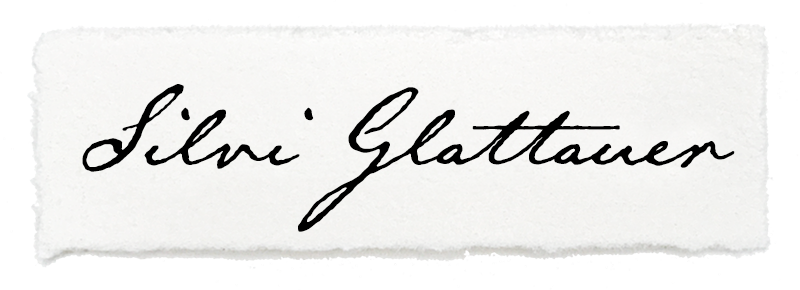PRINTS – LIMITED EDITIONS – OPEN EDITIONS
What is an editioned print?
A print is a work of graphic art which has been conceived by the artist to be realized as an original work of art, rather than a copy of a work in another medium. Prints are produced by drawing or carving an image onto a hard surface (known as a matrix) such as a wood block, metal plate, or stone. This surface is then inked and the image is transferred to paper or another material by the application of pressure, thus creating an impression, or print. The printed image that results is the exact reverse of the image on the plate.
Unlike paintings or drawings, prints usually exist in multiple impressions, each of which has been created from the same inked plate. Artists began to sign and number each impression around the turn of the 20th century to ensure that only the impressions they intended to make would be in circulation. The set of identical impressions (prints) made from an individual matrix created by the artist, either working alone or in conjunction with a master printer are called an edition. Plates are not to be used in subsequent printmaking runs without the artist’s explicit authorization. The process of printing the edition is therefore just as important to the authenticity of a print as the act of inscribing the image onto the plate.
Source: ifpda.org
Is a digital print an original?
When artists use computers to create and manipulate their works, a large-scale ink jet printer can be used to print the works. These complex printers use a sophisticated print head to disperse the ink on the paper in a fine mist in order to deliver a consistently toned image. A digital print is only considered an "original print" if it was created by the artist to be realized specifically as a print. A digital print which is a copy of a work that originated in another medium, such as painting or drawing, is a reproduction and therefore is not an original print.
Source: ifpda.org
My Photographic images are not limited editions – Why not?
I am a photographer and a printmaker. I make photographic prints and I also make photogravure prints. My photo prints are numbered open editions and my photogravures are limited editions.
Creating limited editions is borrowed from the fine art traditional printmaking world, where the number of prints taken from a plate or a stone are largely dictated by the limited life of the actual materials used to take the prints from. For example, in the case of etchings, as prints are taken from the plate, it will naturally suffer from abrasion, marks and frication, limiting its life. Therefore, only a certain number of prints can be taken from the plate before it deteriorates to a level where the prints are no longer of quality. This limits the prints, and the plate is usually de-faced after the last print.
In the case of photography, whether it be digital or traditional photography, a digital file or a negative cannot ‘wear down’ due to printing. Photographers have always had the freedom to produce prints from their negatives with the possibility of re-interpreting the image regarding size, contrast, colour etc. The photography medium offers the photographic artist the possibility to reinterpret the image as they see fit each time they make a print. It is the nature and spirit within photography.
Galleries, and collectors began using limited editions in photography as a marketing strategy since about the mid 80s. Bringing photography in line with printmaking. This pre-determined limit was imposed as a strategy to make the artwork scarce and to give photography an equal standing with fine art printmaking.
I do however number my photographic prints in the order in which I make them. The numbered prints then allow for the collector to see how many prints are already in existence, and ensures the collector that they are purchasing an original work made by the artist.
Realistically, my prints are quite low in number. For an image to be printed more than 10- 15 times, it would be quite a significant work that has a very broad appeal. This can only be a good thing, but unfortunately also quite rare.
